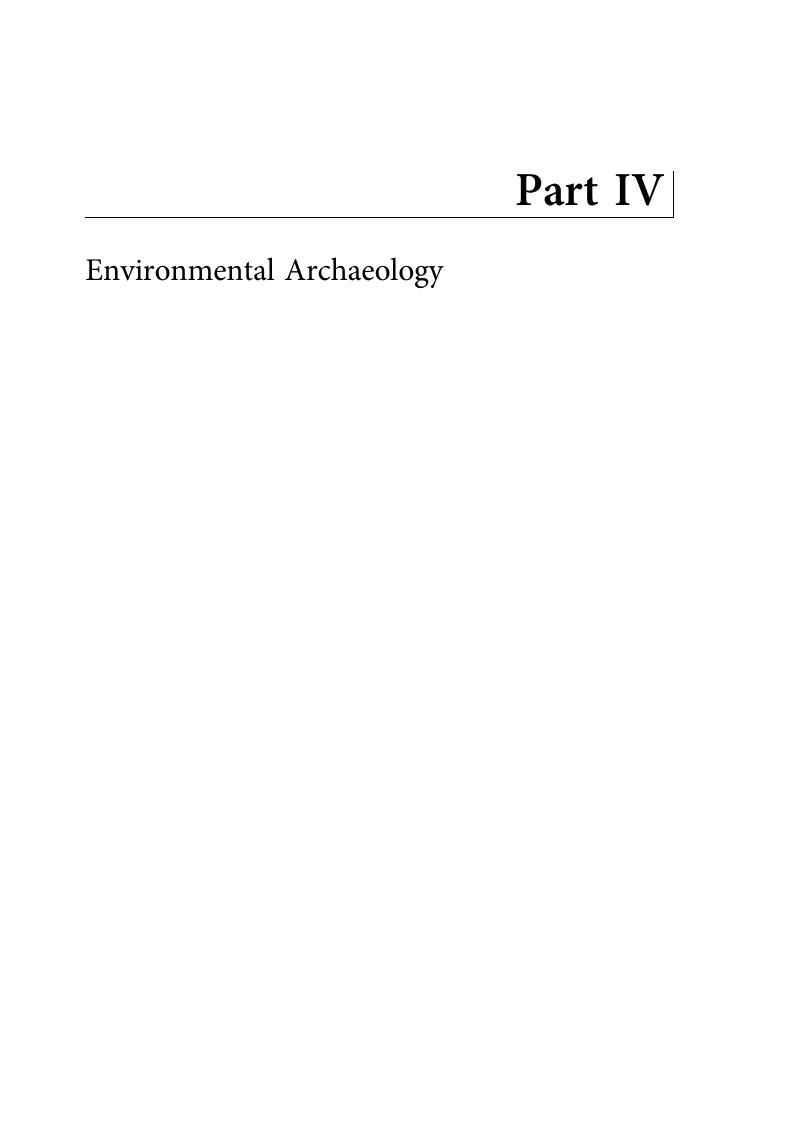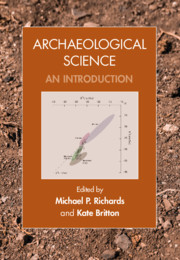Book contents
Part IV - Environmental Archaeology
Published online by Cambridge University Press: 19 December 2019
Summary

- Type
- Chapter
- Information
- Archaeological ScienceAn Introduction, pp. 213 - 332Publisher: Cambridge University PressPrint publication year: 2020



